How to grow cherry tomatoes in the open field
Have you dreamed of getting your own cherry tomato crop? Growing this species in the open field is almost no different from the usual seasonal manipulations for a summer resident. The main feature is small fruits, which is reflected in the name itself, because "cherry" in translation means cherry. Indeed, cherry tomatoes are only slightly larger, so the name is quite justified. There are several varieties of cherry tomatoes, where the fruits are much larger, but still small compared to the other varieties.
Seedlings of cherry tomatoes
As in most other cases, cherry tomatoes are best planted for seedlings first. This is especially true for the middle zone, where stable warm weather occurs only by the end of May. If you plant tomatoes directly in the open field, then they simply will not have time to ripen. Therefore, the seeds must be sown in trays with prepared soil.
To do this, you need to take a tray or box, fill it with fertile soil (it is advisable to season it with wood ash), add clean sand and mineral fertilizers. Then make grooves where to sow cherry tomato seeds. Sprinkle them with soil about 5 mm. Before and after sowing seeds, the soil should be watered with warm water. After that, it is better to cover the box with glass and leave it in a warm place.
When the first sprouts appear, containers with seedlings should be transferred to a well-lit place - as a rule, this is a windowsill on the sunny side of the house. The glass can be removed at this stage. As soon as 2-3 real leaves appear, seedlings need to diveby placing them, for example, in plastic cups with a volume of at least 200 ml.
Further care of seedlings requires compliance with the following conditions:
- room air temperature not lower than +22 aboutFROM;
- intense lighting, if necessary, backlighting to ensure the duration of daylight hours up to 16 hours;
- moderate regular watering;
- protection from drafts, wind;
- hardening of seedlings before planting.
Hardening consists in the gradual preparation of seedlings for growing conditions in the open field. To do this, about a week before planting tomatoes on the beds, it is necessary to take the seedlings out to the balcony or veranda so that it gets used to the open air and the new temperature regime. The day before planting, you should no longer water the seedlings. This completes the care of the seedlings, it's time to start growing tomatoes in the open field.
Planting seedlings in the ground
Towards the end of May, when the warm weather is finally established, tomatoes can be planted in the beds. The main thing is that frosts do not find them in the open field. The soil must be pre-prepared: apply organic fertilizers in advance, dig up and thoroughly loosen the soil. Make the holes about 10-15 cm deep. It is better to arrange the holes in a checkerboard pattern so that the distance between them is at least 50 cm.
Each sprout must be pulled out of the cup, being careful not to disturb the root system. Place the root in the hole, cover with earth and water each bush abundantly. Tomatoes have a developed root system, they absorb moisture from the soil quite actively. However, during dry periods, they must be watered regularly. Plant care is not too difficult, but the quality and quantity of the crop depends on it.
Advice
It is necessary to water tomatoes at the root so that water does not fall on the leaves, the best time for this is morning or evening.
Despite the fact that cherry tomatoes are so small, their stem is stretched quite high.Of course, he is not able to cope with his own weight, especially when the fruits are tied. The height of the stem depends on the variety, some reach 1 m. Therefore, it is necessary to provide them with support. Often, already at the seedling stage, the stem is stretched so much that it can tie up... Therefore, during planting, it is necessary to install a vertical rail next to each plant, to which the tomatoes will need to be tied as soon as the need arises.
Cherry tomato care
Tomatoes planted outdoors are recommended to be mulched. This will protect the soil from moisture loss and dry crust formation. The mulch must be distributed in such a way that it does not come into contact with the plant stem. To do this, leave a small space around the stem free. The thickness of the mulch layer should be approximately 5 cm.
Further care practically does not differ from that to which other representatives of this species are accustomed. Cherry tomatoes, like many others, are necessary pinch... This procedure involves removing excess leaves that appear in the gap between the main leaves and the stem. You can determine the best time to do this by simply observing how the tomatoes grow and develop. As soon as the plants acquire an unwanted density, the excess leaves can be removed immediately.
All tomatoes, including cherry tomatoes, love light and excess air. In order for them to have enough of both, it is necessary to maintain a distance between the bushes. If you plant them too often, the plants will interfere with each other. In addition, they will be inconvenient to handle, provide them with proper care. Therefore, when planting seedlings in the ground, it must be borne in mind that tomatoes grow strongly.
It is desirable for the tomatoes to ripen on the vine. This allows them to retain the maximum amount of vitamins and nutrients. They should be removed from the bush when the color of the fruit is intensely red, yellow or brown, depending on the variety. Unfortunately, this is not always possible. The first enemy of a timely harvest is fog. Under its influence, tomatoes turn black, after which they can only be thrown away. If the weather decides so, the fruits should be picked unripe and placed in boxes, boxes, or simply laid out on sheets of paper. Gradually they will ripen in indoor conditions.
Diseases and pests
Cherry tomatoes can also be spoiled by pests and various diseases. In fact, there are so many diseases that this culture is susceptible to that it is not easy to list them all. There are several varieties of rot alone:
- top rot;
- gray fruit rot;
- brown rot;
- root rot;
- stem rot;
- southern sclerocial rot;
- dry rot;
- wet rot.
In addition, there are many bacterial lesions in tomatoes that damage any part of the plant, leading to its death. Tomatoes can also suffer from powdery mildew, anthracnose, septoria, cercosporosis, etc. If we add to this an impressive list of pests - from the bear to aphids, then it is safe to say that growing tomatoes is an occupation for patient gardeners.
Advice
In order to reduce the risk of tomato disease, the seeds should be treated before planting by dipping them for half an hour in a 1% solution of potassium permanganate.
One of the most common tomato diseases is late blight. A disease known to almost everyone who grew tomatoes. It has a fungal nature, spreads very quickly, destroying the entire plant. It appears as brown spots on branches, leaves and fruits. This disease must first of all be prevented, for which the tomatoes should be regularly treated with special preparations. You can alternate between chemical and folk remedies, which are also abundant, given the ubiquity of this scourge.
However, many problems can be avoided by treating not only the seeds, but also the soil before planting.It is recommended that the tomatoes themselves be sprayed with various compounds for diseases and pests about once a week. After harvesting, all remaining stems and leaves must be burned, since pathogens winter well on them, which means that next year they will be able to return to new beds.
Cherry tomato varieties
In addition to useful qualities, cherry tomatoes also have decorative advantages. They are often grown on a balcony or at home. If you pick up several varieties, placing them side by side, you can get an interesting decorative solution.
Among the varieties of cherry tomatoes that are used for decoration, the following can be distinguished:
- Valentine's card;
- Pomisolka;
- Cherry red;
- Cherry pink;
- Amber cherry.
These varieties are loved by flower growers for their bright fruits and beautifully outlined leaves. Small tomatoes resemble bunches of red currants in their arrangement on a branch. In addition, the fruits can later be used in cooking. Most varieties have high yields. For example, red cherry can produce up to 2 kg of tomatoes from a bush.
It should be noted that cherry tomatoes are stored much better and longer than other types. They have a higher content of nutrients. For this, many people love cherry, the cultivation of which for some becomes a real hobby. Perhaps it is worth trying to plant them on your balcony or summer cottage, because it is tasty, beautiful and healthy, and for young children it is also interesting.
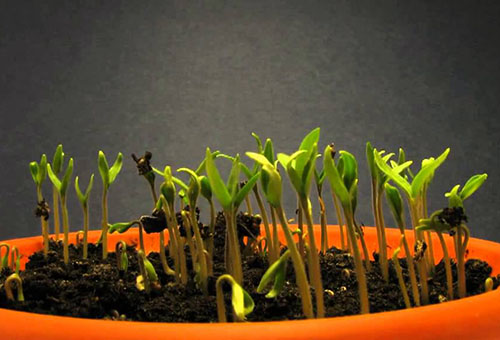
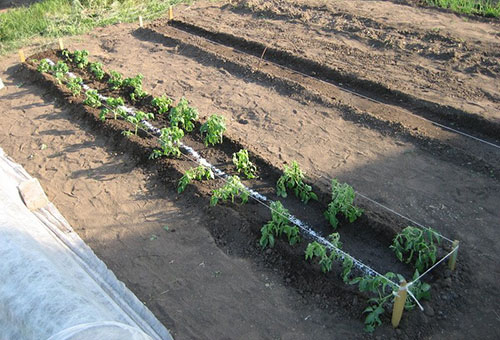
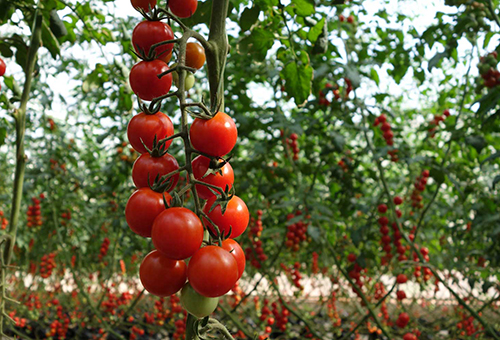
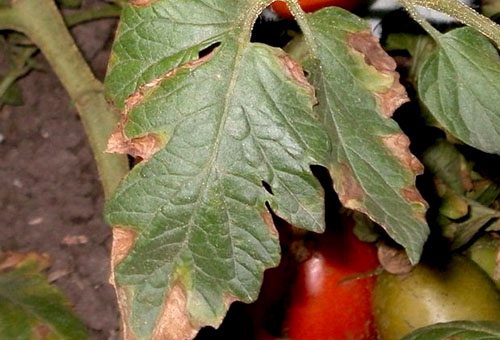
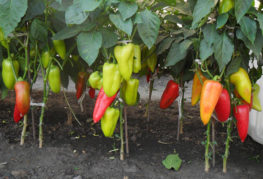

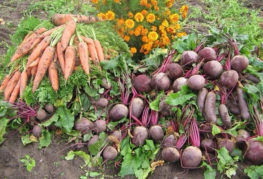
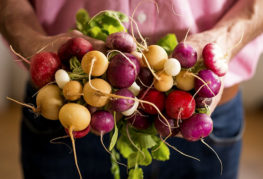
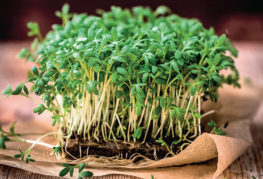
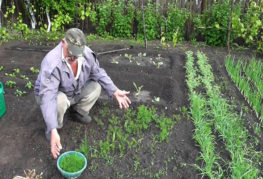
and will be published shortly.